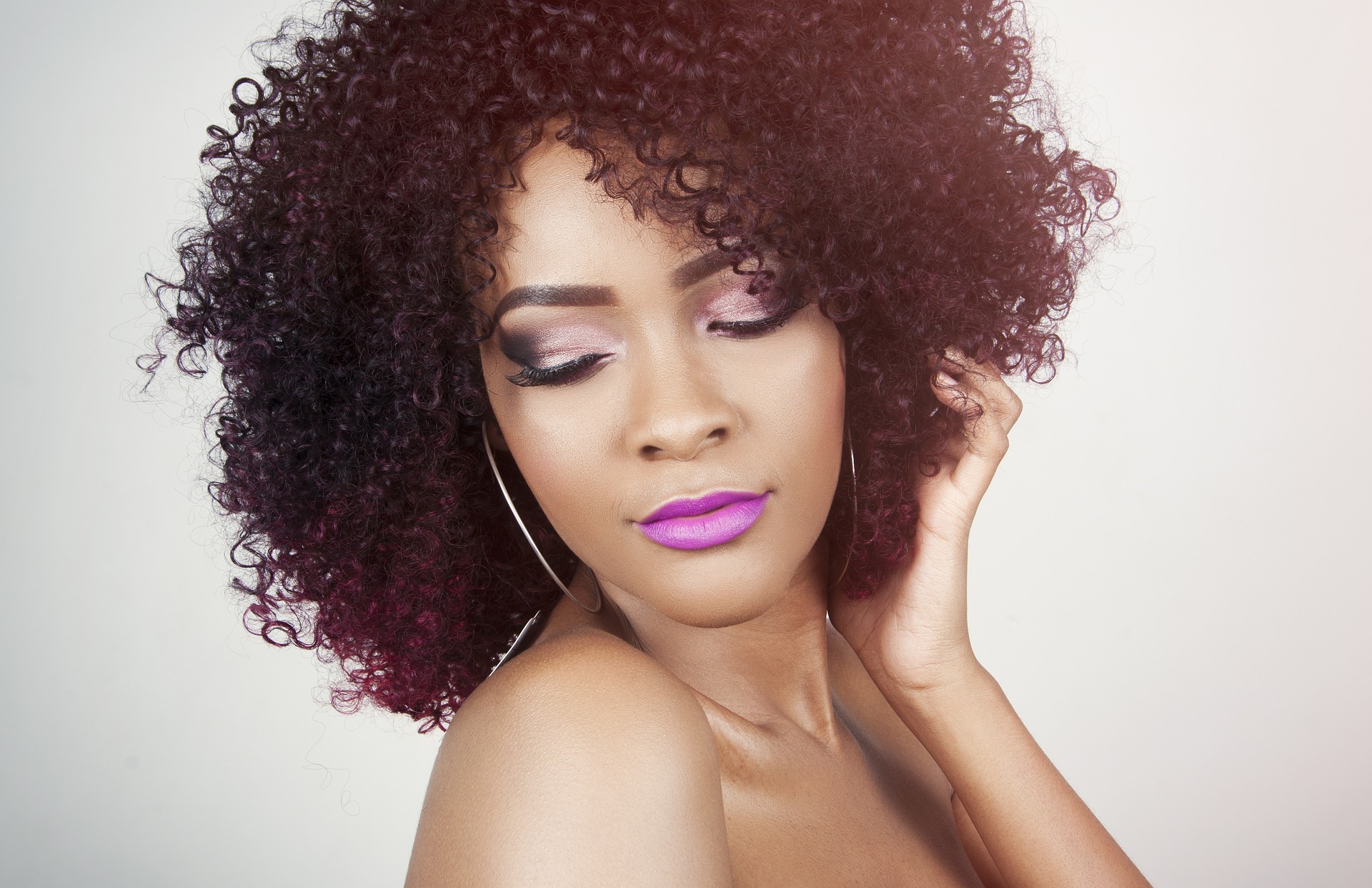Hair braids hold a prominent status as a revered form of artistic expression with historical origins deeply embedded in the chronicles of ancient societies. Due to its rich historical background, this subject holds significant significance throughout human society.
The enthralling trajectory of the braid, originating in Africa and across other countries, demonstrates the enduring influence of cultural customs and artistic ingenuity. Furthermore, the art form is currently seeing a resurgence in contemporary times, therefore strengthening its enduring allure and significance in present-day society.
Cultural Origins and Evolution
1. African Heritage:
Hair braids hold a prominent status as a revered form of artistic expression with historical origins deeply rooted in ancient cultures. Due to its lengthy historical background, this entity holds significant significance throughout human society.
The intriguing voyage of the Pats, commencing in Africa and spanning several continents, serves as a testament to the enduring influence of tradition and the artistic manifestation of ideas. Furthermore, the art form is currently undergoing a revival in contemporary times, contributing to its enduring allure and significance in present-day society.
2. Global Influence:
Hair braiding is an age-old artisanal handle that has gathered far-reaching worldwide ubiquity and has experienced a few alterations due to the differing social traditions it has experienced. Rastafarian dreadlocks are broadly respected as a powerful symbol of otherworldly self-determination and individual uniqueness.
These particular hairdos began from the social amalgamation known as Caribbean Combination, which played an urgent part in the transmission of braiding strategies from the African diaspora to the Caribbean locale.
Comparative to how the gracious rights battle hoisted braids as strong images of rebellion and solidarity, speaking to the collective control inferred from steadfast positions, the ensuing development of the braid period within the Joined together States resulted.
3. Asian and European Adoptions:
Braiding, which originated in Africa, became popular in Asia and Europe, contributing to the development of this complex technique. Braided with silk threads highlights Chinese creativity and elegance.
The Chinese culture has been known for its elegance and refined aesthetic expression. Viking braids are European. Nordic warriors wore this braid as a sign of honor, courage, and enduring strength. Braiding connects civilizations and histories across continents, reinforcing this timeless practice.
Revival in the Modern Era
The public display of celebrity braids in the physical media has contributed to the recent resurgence of the trend. Hair braiding has had a renaissance thanks to celebrities. Alicia Keys breathed new life into braids as a bold way of self-expression.
Her intricate braided hairstyle ignited a passion for engineering and inspired a new way of decorating the head. Zendaya is particularly notable for her adaptability and beauty in sports bras. Ethnic and time-tested braids are gaining attention with Zendaya’s experimental hairstyle.
2. Protective Styling and Health:
Modern braiding methods play a significant part in the upkeep of hair and the advancement of common well-being. The utilization of braids as a defensive degree against unfavorable climate conditions contributes to the upkeep of hair well-being. Braiding is a successful strategy for shielding hair from potential hurt caused by outside factors because it serves to play down the event of breakage and tangling. The assortment of braids renders them more appealing. Braids have a tall degree of flexibility, rendering them appropriate for both customary and formal events. Their remarkable imaginativeness ensures a visually satisfying appearance in any given setting. Braids give people the opportunity to communicate their possess personalities in numerous circumstances, subsequently rising above simple transitory patterns in mold.
Mastering the Craft
Mastering the art of hair braiding necessitates becoming proficient in a variety of different techniques, each of which requires a unique approach. French braiding is a more complicated approach that gradually introduces additional strands into the progression of the braid, exhibiting the art’s delicate elegance. The foundational three-strand braid intertwines strands alternately, resulting in a charmingly simple plait.
Modern Interpretations:
Braiders of the current day have cleverly expanded the bounds of conventional techniques, which has resulted in the emergence of creative styles that successfully blend tradition with contemporary sensibilities. Among these advancements, the fishtail braiding technique stands out as particularly noteworthy.
In this method, two strands of hair are carefully braided with one another, producing an alluring herringbone pattern. Another significant development is the invention of box braids, in which individual strands of short portions of hair are braided together to create a head of hair that can be styled in a variety of ways and lasts for a long time.
Braids as a Symbol of Identity
For a great number of people, braids represent much more than a simple method of hair styling; rather, they are a ringing declaration of their cultural identity and ancestral heritage. This deeply ingrained feeling finds expression through braids, which serve as a visual proclamation of cultural pride and belonging.
Braids enable individuals to proudly display their heritage to the rest of the world. The intricate and entrancing beauty of braids fosters a sense of empowerment and self-assurance in addition to its aesthetically pleasing qualities. Each braided style that is painstakingly constructed becomes a vessel of histories and customs, protecting stories that are meant to be passed down from generation to generation.
These cultural histories are woven into the very designs of the braids, communicating a variety of meanings ranging from togetherness to resilience and a profound connection to nature. Braids are traditionally worn by African-American women.


